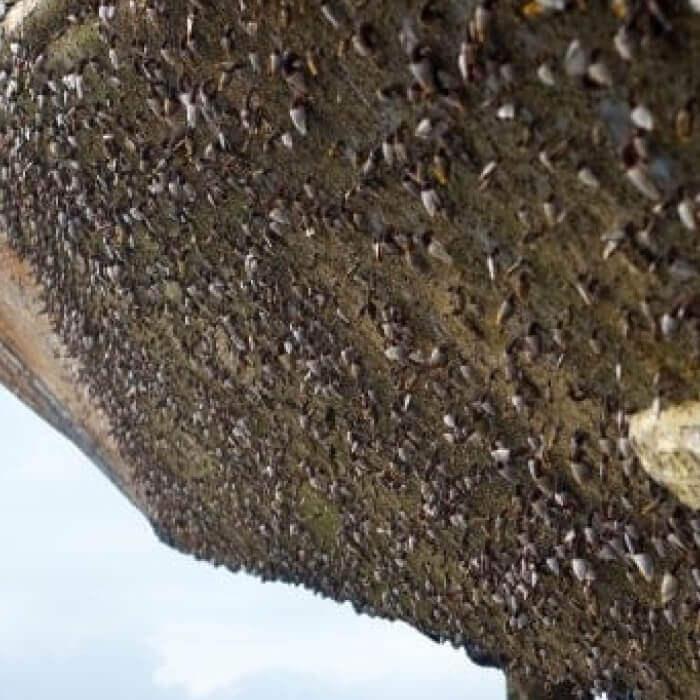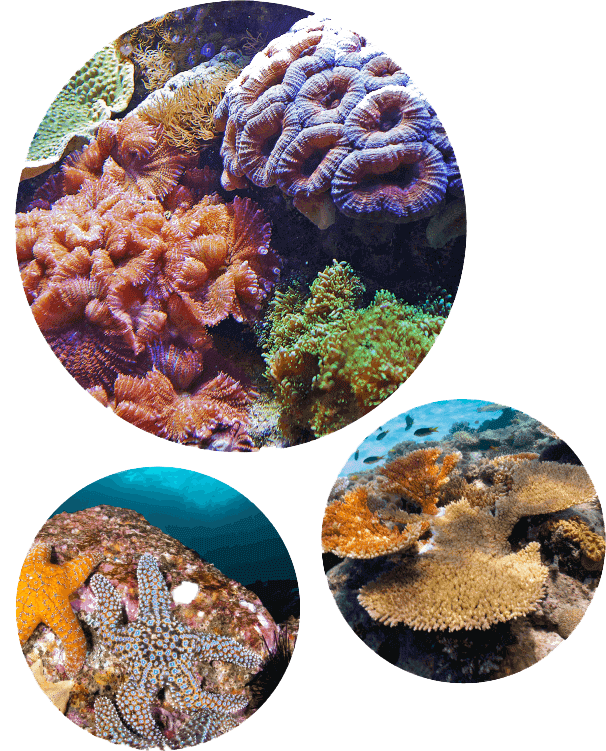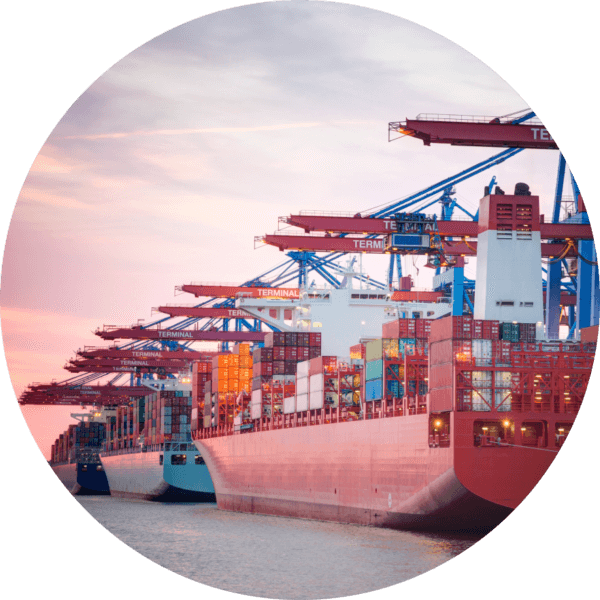The Issue
Biofouling, which is the build-up of microorganisms, plants, algae or small animals, is known to increase the roughness of the colonized surfaces. When biofouling species colonize the underwater parts of a ship’s hull, the increased roughness will increase a ship’s hydrodynamic drag. The immediate effect is a loss in ship speed at a constant power – or a power increase to maintain a constant speed. Both have negative economic and environmental impacts through increased fuel consumption and atmospheric emissions, including GHG.


Biofouling and ballast water
In the past, there was a widely held belief that the primary source of introducing non-indigenous species was ships’ ballast water. Over the last decade, substantial strides have been made in addressing this mode of transportation through initiatives such as the GEF-UNDP-IMO GloBallast Partnerships Project and the enforcement of the International Convention for the Control and Management of Ships’ Ballast Water and Sediments (BWM Convention) since its date of entry into force on 8 September 2017. Despite the implementation of new measures to regulate invasive species transfer via ballast water, recent research suggested that the potential role of biofouling has been underestimated. In fact, biofouling might represent the most prevalent mechanism for the introduction of non-indigenous species.
Biofouling impacts on GHG emissions
Maritime trade plays an important role in the global movement of goods and people. Shipping has been considered one of the most economical and environmentally friendly modes of transportation, but it currently contributes approximately 3% of global greenhouse gas emissions (GHGs) every year because of its size1. 1Fourth Greenhouse Gas Study 2020 (imo.org).
International shipping significantly contributes to greenhouse gas emissions, so the International Maritime Organization (IMO) has adopted a series of legally binding ship design and operational performance indices. A combination of technical and operational measures, known as short term carbon intensity measures, were adopted in 2021. Under the new measures, enacted as amendments to Annex VI of the International Convention for the Prevention of Pollution from Ships (MARPOL), all ships will be required to calculate their Energy Efficiency Existing Ship Index (EEXI) and set up their annual operational carbon intensity indicator (CII). 2EEXI and CII – ship carbon intensity and rating system (imo.org)
Through these measures, ship operators will be encouraged to consider ways to improve their vessels’ efficiency throughout their lifetimes, in order to achieve the levels of ambition of the IMO’s Initial GHG Strategy, adopted in 2018, which seeks a 40% reduction in the carbon intensity of international shipping by 2030.
Resistance generated by friction between water and the ship’s hull is one of the most significant factors impacting ship efficiency. Resistance increases when the hull is fouled. To maximise the energy efficiency of ships, it is therefore imperative to maintain a clean and smooth hull free from biofouling.

Resources
The 2023 Guidelines for the control and management of ships’ biofouling to minimize the transfer of invasive aquatic species Biofouling Guidelines resolution MEPC.378(80 are intended to provide a globally consistent approach to the management of biofouling, which is the accumulation of various aquatic organisms on ships’ hulls.
The Biofouling Guidelines were originally adopted by the Marine Environment Protection Committee (MEPC) at its sixty-second session in July 2011 after three years of consultation between IMO Member States. Following a thorough review, the revised Guidelines were adopted by the MEPC at its eightieth session in July 2023.
GUIDANCE FOR MINIMIZING THE TRANSFER OF INVASIVE AQUATIC SPECIES AS BIOFOULING (HULL FOULING) FOR RECREATIONAL CRAFT
Published by IMO. November 2012

